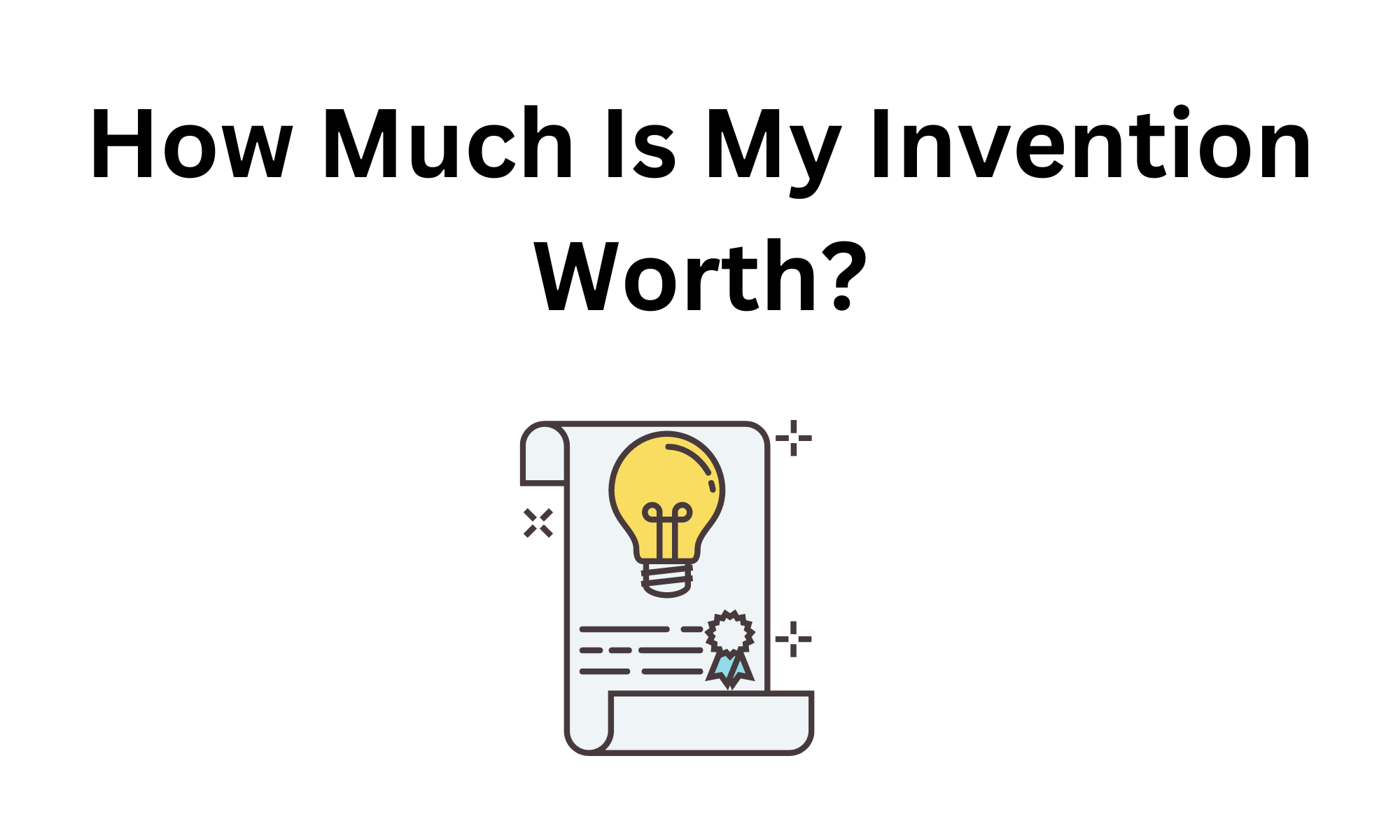Understanding the value of your invention is crucial for making informed decisions about patenting, licensing, and commercialization. Whether you’re an independent inventor or a business owner, knowing the worth of your invention can help you negotiate better deals, attract investors, and plan your next steps.
How Much Is My Invention Worth?
This article explores the factors that influence an invention’s value, methods for assessing worth, and tips for maximizing your invention’s potential.
Factors Influencing the Value of an Invention
1. Market Potential
The potential market size and demand for your invention play a significant role in its value. Consider the target audience, industry trends, and the scalability of your invention.
2. Uniqueness and Innovation
An invention that offers a unique solution or a significant improvement over existing products typically has higher value. The more innovative and original your invention, the better its market prospects.
3. Patent Protection
Having a patent can significantly increase the value of your invention by providing legal protection and exclusivity. Patents prevent others from copying or using your invention without permission.
4. Development Stage
The stage of development impacts value. Prototypes or fully developed products are generally worth more than concepts or ideas. Demonstrating functionality and feasibility increases credibility.
5. Competition
The level of competition in the market affects your invention’s value. If there are few or no similar products, your invention may have a higher worth. Conversely, a saturated market can lower its value.
6. Financial Projections
Revenue potential, cost savings, and profitability forecasts contribute to valuation. Detailed financial projections can attract investors and buyers by showcasing the economic benefits of your invention.

Methods for Assessing the Value of an Invention
1. Cost Approach
The cost approach estimates value based on the costs incurred to develop the invention. This includes research and development, prototyping, testing, and patent filing fees. This method is straightforward but may not reflect market potential.
2. Market Approach
The market approach compares your invention to similar products that have been sold or licensed. Look at market prices, licensing deals, and sales figures of comparable inventions to gauge your invention’s worth.
3. Income Approach
The income approach values an invention based on its potential to generate future income. This method involves estimating future cash flows from sales or licensing and discounting them to present value. It requires detailed financial analysis and projections.
4. Expert Valuation
Hiring a professional valuation expert can provide a comprehensive and accurate assessment of your invention’s value. Experts consider all relevant factors, including market conditions, competition, and financial forecasts.
Practical Tips for Maximizing Your Invention’s Value
1. Protect Your Intellectual Property
Secure patents, trademarks, and copyrights to protect your invention and enhance its value. Intellectual property protection provides a competitive edge and legal security.
2. Develop a Prototype
Creating a working prototype demonstrates the feasibility and functionality of your invention. It can attract investors, partners, and buyers by showcasing your invention’s potential.
3. Conduct Market Research
Understand your target market, customer needs, and industry trends. Market research helps identify opportunities, refine your invention, and develop effective marketing strategies. Also, Read: How do I figure out if a US patent is still in force?
4. Create a Business Plan
Develop a detailed business plan that outlines your invention’s market potential, competitive analysis, marketing strategy, and financial projections. A solid business plan increases credibility and attractiveness to investors.
5. Explore Licensing Opportunities
Licensing your invention to established companies can provide a steady stream of income without the need for large-scale manufacturing and distribution. It allows you to leverage the resources and expertise of larger firms.
6. Network and Promote
Attend industry events, trade shows, and networking meetings to promote your invention. Building relationships with potential partners, investors, and customers can lead to valuable opportunities.
FAQs
How do I find out if my invention is already patented?
Conduct a thorough patent search using databases like Google Patents, the USPTO Patent Full-Text and Image Database (PatFT), and Espacenet. Consulting a patent attorney can also help ensure your search is comprehensive.
Can I sell my invention without a patent?
Yes, you can sell your invention without a patent, but having a patent provides legal protection and can increase its value. Patents prevent others from copying your invention.
How can I attract investors for my invention?
Create a compelling pitch that highlights your invention’s market potential, uniqueness, and financial projections. Protect your intellectual property and develop a prototype to demonstrate feasibility.
What are the risks of not patenting my invention?
Without a patent, your invention is vulnerable to being copied or used by others without your permission. This can lead to lost market share and reduced profitability. Also, Read: How to Search Patents by Name?
How long does it take to get a patent?
The patent process can take 1-3 years, depending on the complexity of the invention and the backlog at the patent office. Provisional patents can provide temporary protection while you prepare your full application.
Can I license my invention to multiple companies?
Yes, you can license your invention to multiple companies, but it’s important to structure your agreements carefully to avoid conflicts and maximize your revenue potential.
Conclusion
Determining the value of your invention is essential for making strategic decisions about patenting, licensing, and commercialization. By considering factors such as market potential, uniqueness, patent protection, and development stage, you can gauge the worth of your invention. Utilize various valuation methods, protect your intellectual property, and implement practical strategies to maximize your invention’s value. Whether you’re seeking investment, licensing opportunities, or direct sales, understanding your invention’s worth is key to achieving success.
Related Articles:
